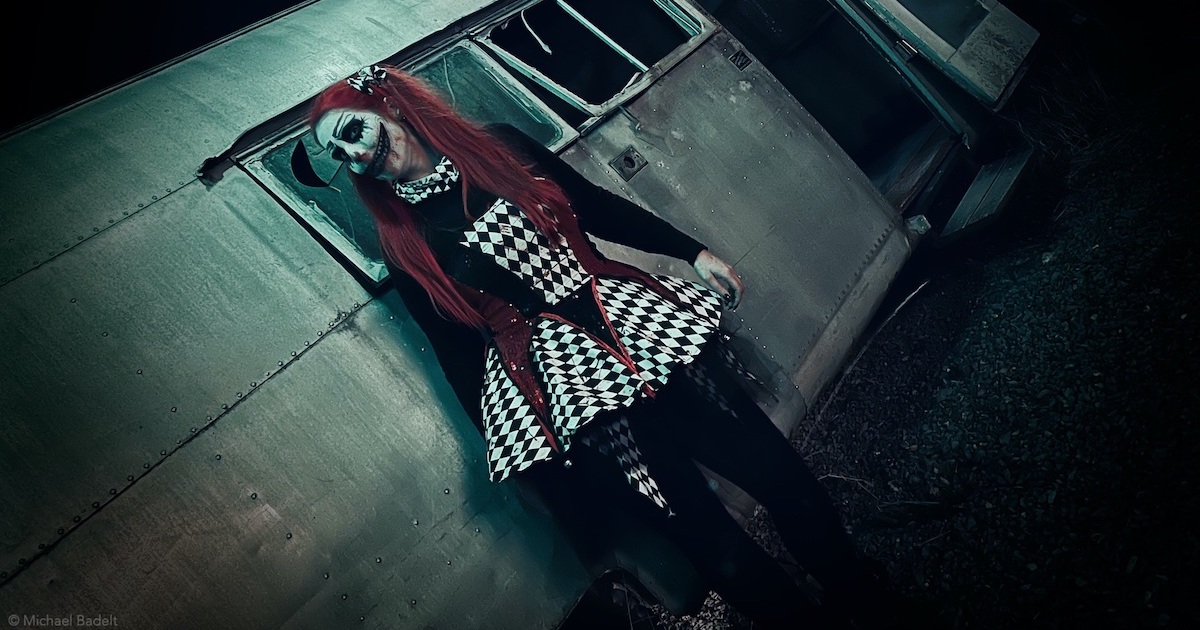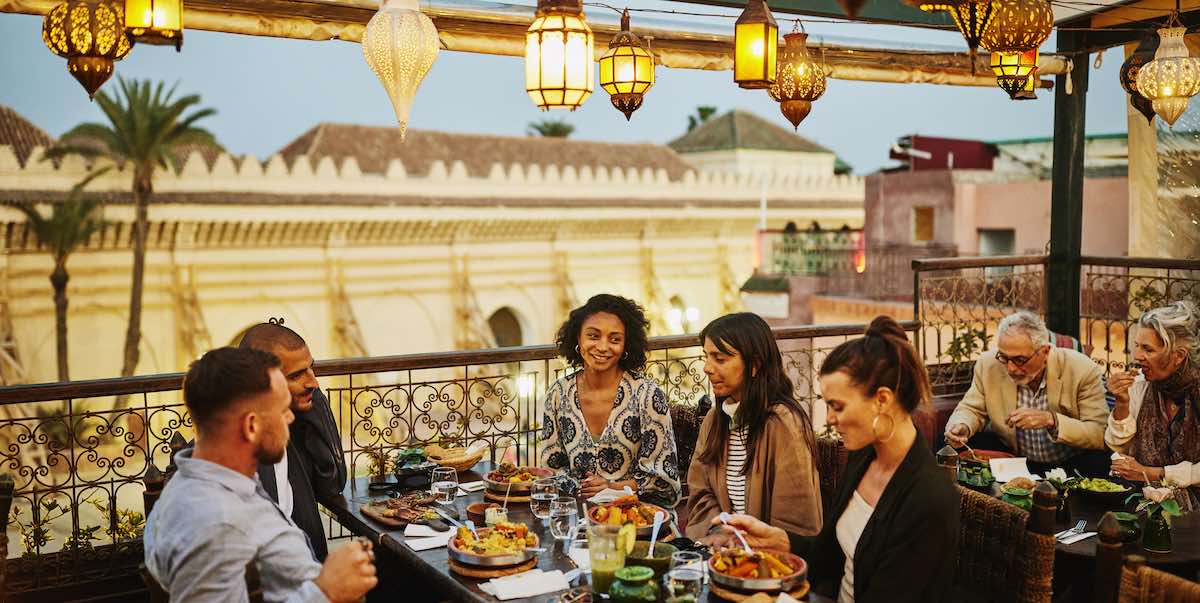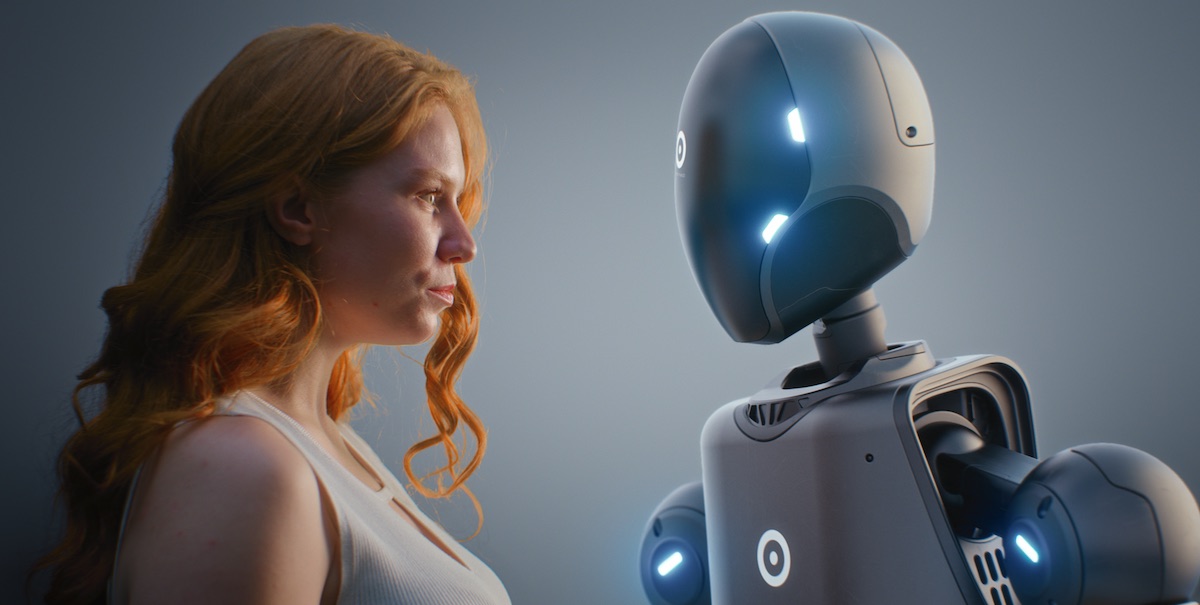It’s fun to be scared and to scare other people. I can’t tell you why that’s true, but I know a guy who can.
Michael Badelt, a live experience designer with a focus on haunted attractions, walkthroughs and interactive and immersive theater, will bring his specialized knowledge to IMEX in Frankfurt (23-25 May) as part of the wide-ranging educational offerings in the Inspiration Hub.
“I will introduce attendees to a few tricks from the ‘Book of Scare Acting,’” Badelt says. “Some of those may even have a completely different impact on them than they might think in the beginning. We’ll explore for a bit why it is actually fun to be scared and to scare other people. Expect the unexpected. And I sincerely hope the walls of our room are somewhat soundproof. Rest assured, it’s gonna be an active and fun session.”
I spoke with Badelt to learn more about creating truly immersive experiences, lessons learned that are valuable for all event planners and the challenges related to creating haunted attractions.
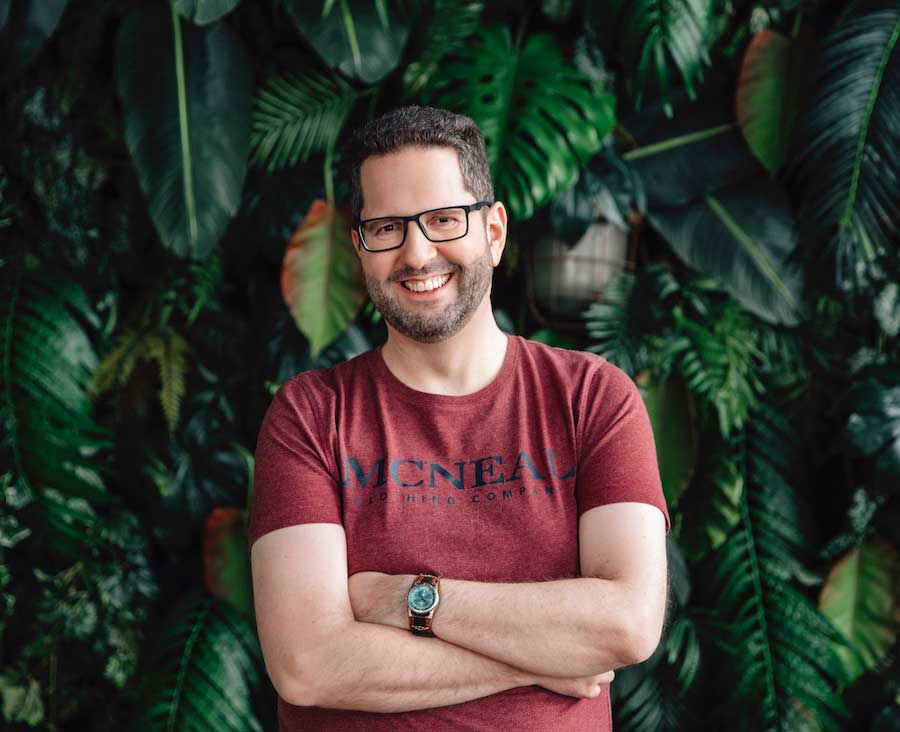
Can you share a little bit about your background with haunted attractions?
I had always been a fan of ghost trains and dark rides from when I was little. When I started working for the haunted attractions industry a bit over 13 years ago, I had already been working for theme parks in various capacities for almost decade and it really felt like one of these “full-circle” moments. Since I have a fairly broad skill set ranging from project management to IT and especially media production, it felt that all those skills did fit together quite well in this rather creative environment. I was fortunate enough to meet the right people within the industry in the U.S., who got me started on my journey providing Halloween and other immersive entertainment for my clients in Europe.
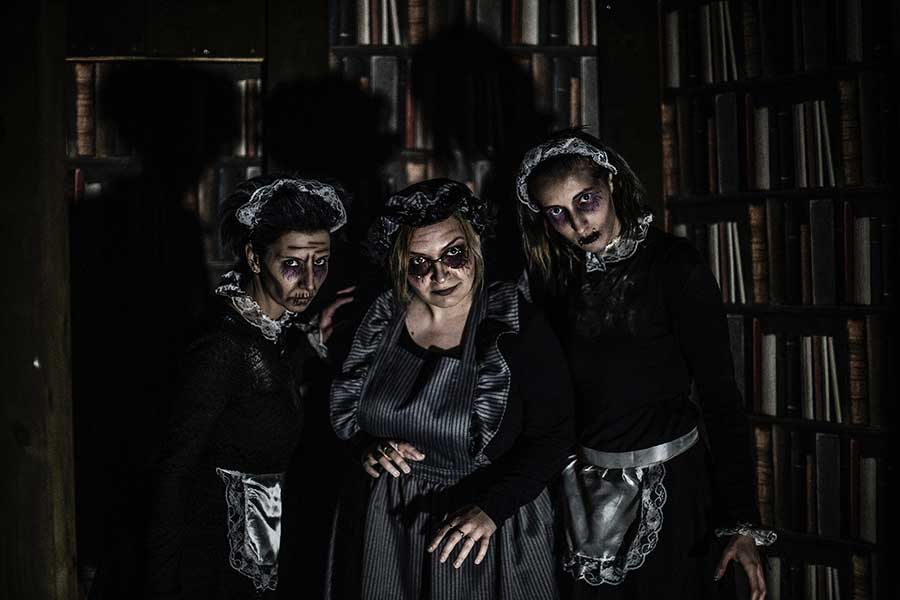
What is the key to making an in-person experience truly immersive?
You need to enable your guests to buy into the story and environment you created so they suspend their disbelief and follow the path you laid out for them. It does not really matter how you are achieving this—this can be done through an elaborate set design or in a completely black room with just a single light and one actor. The most important part is that it feels personal to them, which sometimes can be a challenge as you also need to hit your throughput goals and financial targets. But if done just right and guests get the feeling they are a part of what’s going on around them, then that feels truly immersive.

Learn much more about what to expect at IMEX in Frankfurt. The wide variety of Inspiration Hub topics includes resilience, crisis management, building sustainable business and much more.
Haunted attractions are known for eliciting emotional responses from attendees. Is there an approach to creating these responses that producers of other types on in-person events could learn from to make their events valuable experiences?
I would indeed say so. At an industry convention last year, we talked about certain techniques we often use in attractions and what they do to our guests—not just in a scare context. It has a lot to do with why we go to a haunted house in the first place: As a species, we don’t have natural predators anymore so we kind of started to miss the adrenaline rush every once in a while, which is also why extreme sports are so popular. So, from a design standpoint, we play a lot with ramping up the tension to increase your adrenaline level and then release the tension with a well-crafted scare, so that your body relaxes again and produces dopamine, which feels good to you because it almost feels like an achievement as you seemingly “survived the threat.” If you take that now as a starting point and dig a little deeper into what other chemicals our body is capable of producing in a natural way and what behaviours might trigger their release, you hold the key to designing any experience—not just a haunted attraction.
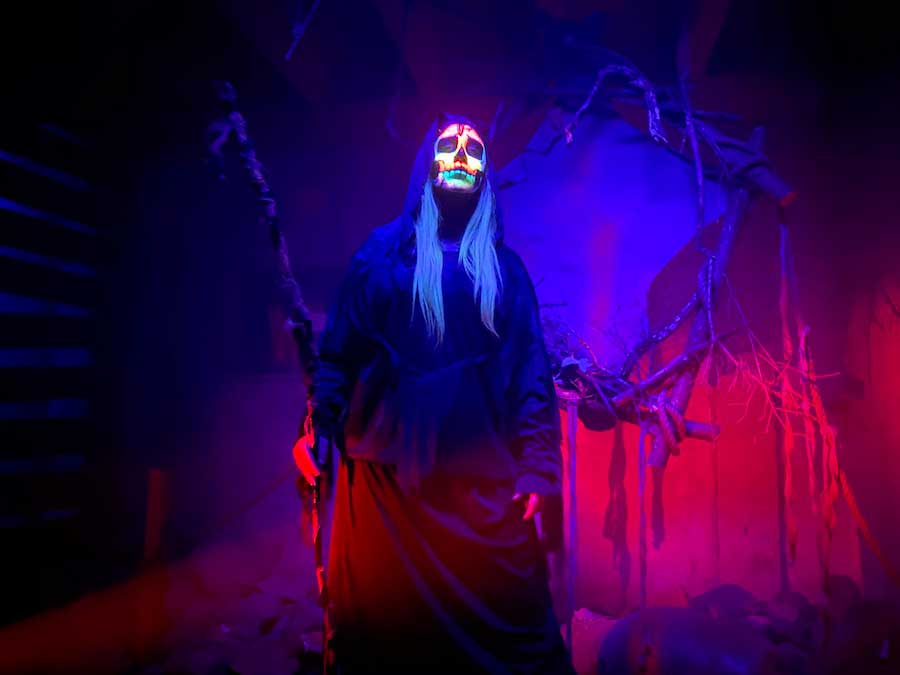
Knowing that emotions will be heightened, do you have certain precautions in place for distressed haunted attraction attendees that might go above and beyond a standard group gathering such as a meeting or conference?
Yes. Depending on the type of attraction we use different approaches to that. In a normal, high throughput scenario we train our actors and safety personnel to spot people in distress or someone who might cause trouble—if even involuntarily (people who are being startled are not necessarily in full control of their body movements). Learning how to read people and taking appropriate measures without disturbing other guest is something we train and refresh regularly as guest behaviour also changes over the years. If we spot someone who is in need of help, might be a danger to others or just wants out for whatever reason, we have a multi-tiered process on how we approach that person in order to figure out how we can resolve the situation to everyone’s satisfaction. In a more intense attraction, however, we actually do work with so called “safety words” that each guest is being told before they enter, as in those attractions it can sometimes be a bit tricky to distinguish between guests who are still having fun and those who just want out as fast as possible—as everyone’s threshold and reactions are different. All they need to do is say the safety word and we’ll use the same approach as with the other attractions to resolve the situation. So far, that has never failed us.
Coming out of the pandemic, has your approach to creating in-person experiences changed at all?
Slightly, yes. We are a bit more conscious of what everybody is touching, how large certain spaces are, how good the ventilation is or how we define personal space in certain situations. And while that might sound like a restriction, it has brought up some issues that should have been addressed even before the pandemic. Overall, I would say it has made the attractions better, as there is a lot more going on in the design process and during the operational phase now to make sure everyone has a good time and does not get sick.
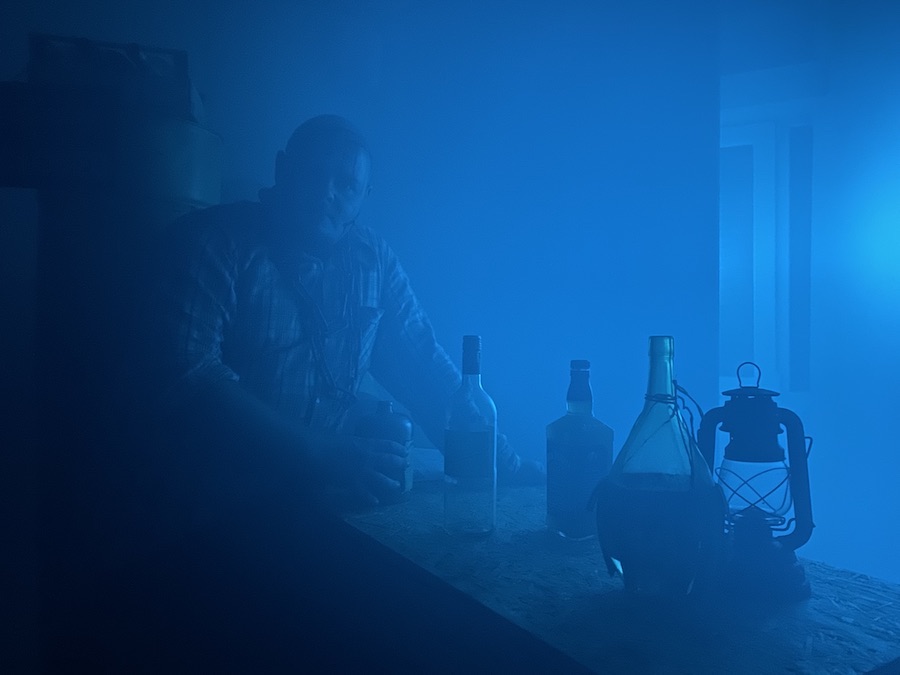
Can you tell us about an experience that you created that was perhaps too scary or intense?
So far, thankfully none of the experiences that me and my company worked on qualified for the prestigious “Oops, that didn’t go so well” award. However, you are constantly tweaking, especially if you have just opened up a new attraction. Sometimes a certain scene does not give guests the reaction that you had hoped for or doesn’t work for logistical reasons. Then you adapt and try again. I think we may have pushed it to the maximum level that still works within the constraints of the theme park setting we usually work in. Yes, there are ways of amplifying it even more, but some of those methods do cross a certain line for me and in a few select cases I would even consider them to have left the avenue of good taste altogether. Even if you push boundaries and try to find out what makes people tick, we’re still in the business of creating entertainment, not putting people through an ordeal. That’s very important to me.
What do you enjoy most about bringing people together for in-person group experiences?
Exactly that: The people and the energy they create together. The different scare actor teams I coach are each like their own family. You wouldn’t believe how nice these people are even five minutes before they start scaring the crap out of our guests. But that also translates. They enjoy what they do and the guests pick up on that. There is always a group dynamic that develops between guests and our teams. There is trash talk, there are deep conversations, there is just plain silliness that sometimes happens out of thin air. And when that comes across to our guests, who mostly also visit in smaller groups, it is so good to observe group dynamics and see people laughing and having fun. You can’t replicate that via any videoconferencing tool.
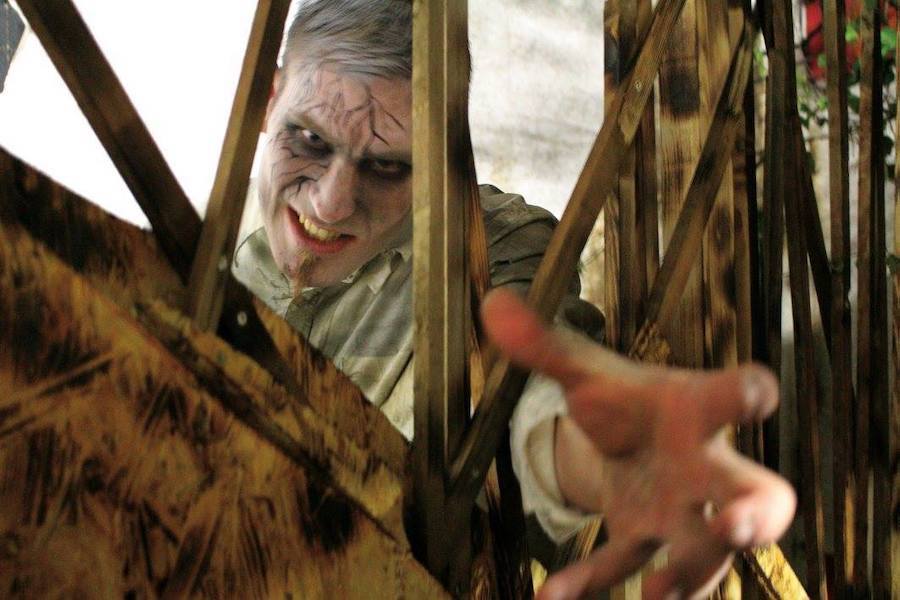
From a behind the scenes perspective, what do you find most challenging about creating a haunted attraction?
Budget and time. There is never the right budget. And while I see budgetary restrictions mostly as a challenge to get even more creative, sometimes the funds that are available just don’t correspond with the concept or the client’s requests. And lastly: time! Clients always think that there is still enough time to come up with an elaborate haunted attraction in April, when in reality that ship has sailed four months ago and you’re now trying to rush it. That can lead to the dreaded situation where the first guest enters the front of the attraction while the paint is still drying at the exit, and that’s not a good situation if quality is important to you.
“As a species, we don’t have natural predators anymore so we kind of started to miss the adrenaline rush every once in a while.”
